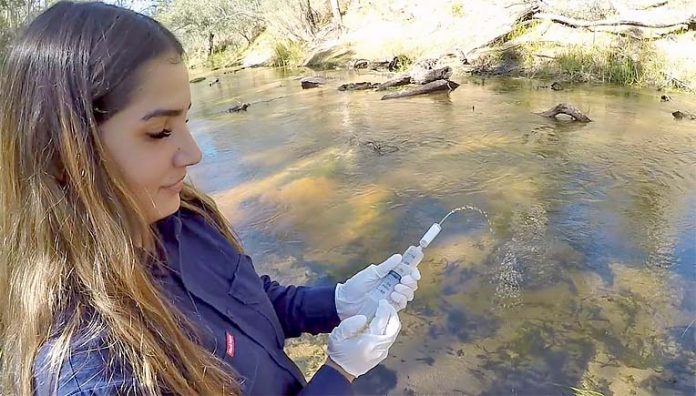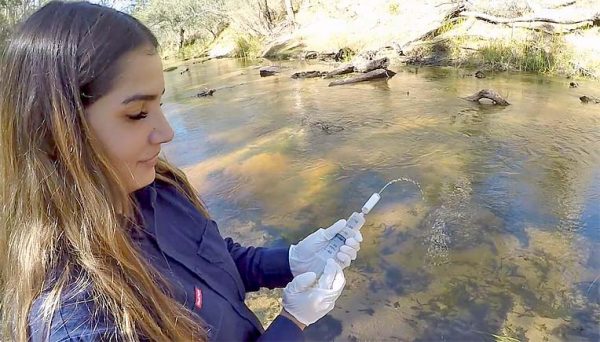

A MICROSCOPIC approach to finding elusive platypuses in rivers has shed a light on their whereabouts within the Glenelg River.
Glenelg Hopkins Catchment Management Authority, Budj Bim Aboriginal rangers and research company EnviroDNA have assessed traces of platypus DNA in the waterway.
Animals shedding hair, skin or saliva have left a “genetic fingerprint” for researchers to determine what species exist in the environment.
“The results show that platypuses are widespread in the Glenelg River,” EnviroDNA senior wildlife ecologist Josh Griffiths said.
“But there is some concern over their long-term persistence.”
Platypus DNA was found in just four of 20 sites tested between Rocklands Reservoir and Harrow, compared with nine positive results from 19 sites in the lower reaches from Dergholm to the Lower Glenelg National Park.
The results will help guide natural resource managers undertaking works within and along the Glenelg River.
Anyone can contribute to the platypus research effort by reporting sightings through the citizen science platform platypusSPOT.







